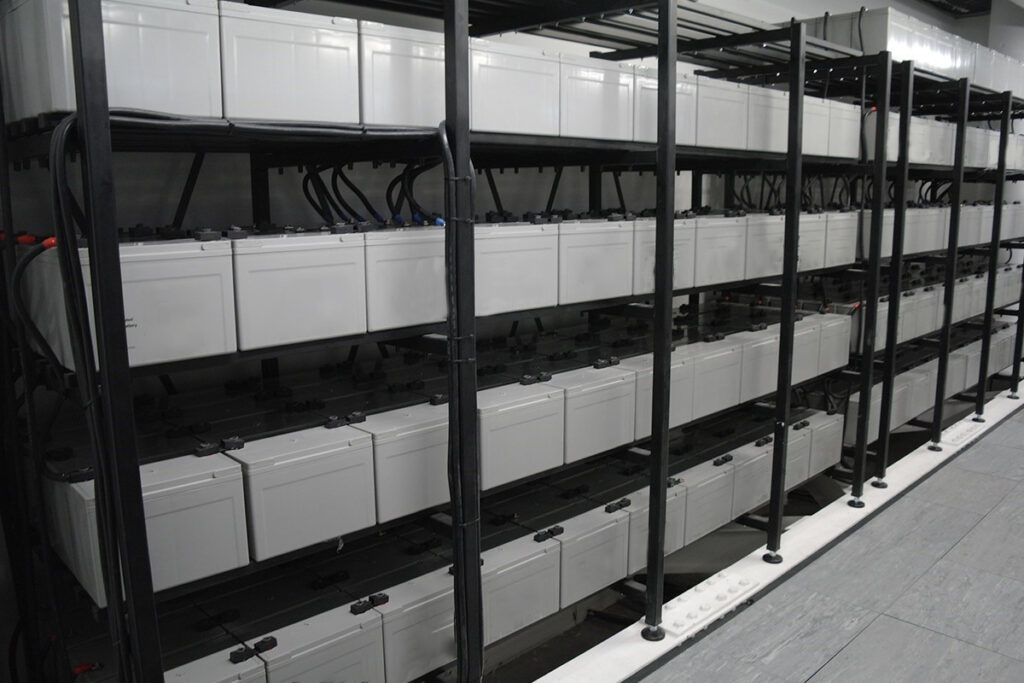Yes, the location of a lead-acid battery can significantly affect its performance, lifespan, and safety. Several factors related to the battery’s location need to be considered to ensure optimal performance and safety.
- Temperature: Lead-acid batteries are sensitive to temperature extremes. High temperatures can increase the rate of chemical reactions inside the battery, leading to faster self-discharge and potentially shortening the battery’s life due to increased corrosion of the positive plates. Conversely, cold temperatures can reduce the battery’s capacity, making it less able to deliver the same amount of power. Ideally, batteries should be kept in a temperature-controlled environment or within a range of about 5°C to 25°C (41°F to 77°F) to optimize performance and lifespan.
- Ventilation: Lead-acid batteries, especially during charging, can produce hydrogen gas, which is explosive in high concentrations. Therefore, batteries should be located in well-ventilated areas to prevent gas accumulation. This is particularly important for batteries charged in enclosed spaces.
- Accessibility: For maintenance purposes, including checking electrolyte levels in flooded lead-acid batteries and ensuring connections are clean and tight, batteries should be located in an easily accessible area. Good accessibility makes it easier to perform regular maintenance, which is crucial for optimizing performance and extending the battery’s lifespan.
- Protection from the Elements: Batteries should be protected from direct exposure to the elements, such as rain, snow, and direct sunlight. Exposure can lead to temperature extremes, as mentioned, and potentially damage the battery casing or terminals.
- Stable and Secure Positioning: Lead-acid batteries should be placed on a stable, level surface and secured in position to prevent movement. Vibrations or movement can loosen connections and potentially cause internal damage to the battery.
- Safety: The location should be chosen with safety in mind, keeping batteries away from sources of sparks or flames and out of reach of children and pets.
The specific impact of location on battery performance will vary depending on the type of lead-acid battery (e.g., flooded, AGM, gel) and its intended use (e.g., vehicle starter battery, stationary storage, portable power). Consulting battery installation and maintenance guidelines provided by the manufacturer is always recommended to ensure safety and optimize performance.


